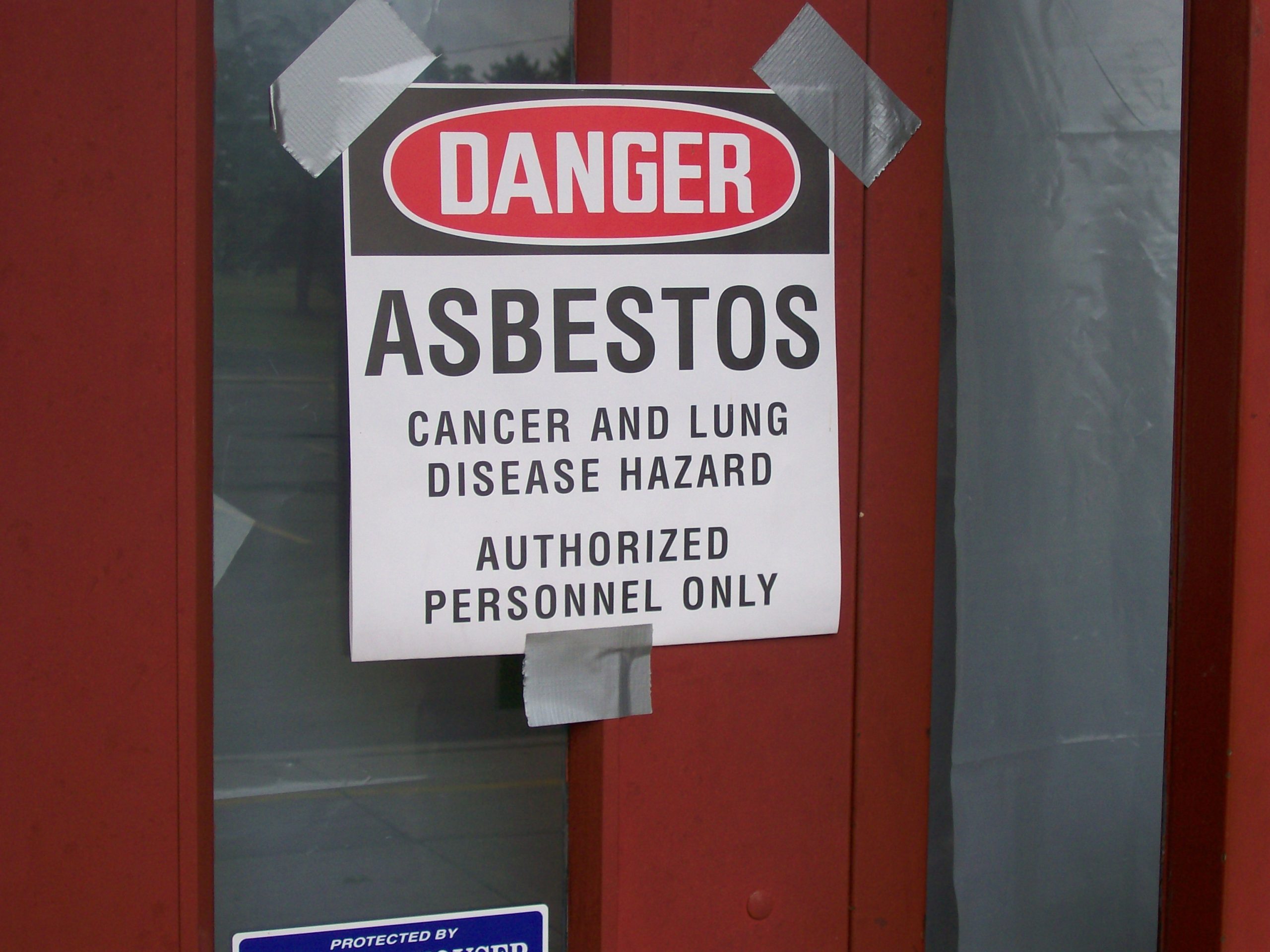 We have all heard the saying “time is of the essence.” This is especially true when you are filing a lawsuit. If you do not comply with the statutory requirements for how long you have to file a lawsuit, a court will be unable to hear your claim. Although certain exceptions apply that extend your timeline for filing a lawsuit, there are strict evidentiary requirements for these exceptions to apply.
We have all heard the saying “time is of the essence.” This is especially true when you are filing a lawsuit. If you do not comply with the statutory requirements for how long you have to file a lawsuit, a court will be unable to hear your claim. Although certain exceptions apply that extend your timeline for filing a lawsuit, there are strict evidentiary requirements for these exceptions to apply.
Julius Lennie worked for a Company that cleaned pipes in oilfields. The cleaning process allegedly involved the emission of naturally occurring radioactive material. About fifteen years after retiring, Lennie was diagnosed with lung cancer and died shortly thereafter. Four years later, his surviving spouse and children filed a lawsuit against various companies for whom Lennie had cleaned their oilfield pipes. They claimed Lennie had been exposed to harmful levels of radiation, causing his lung cancer and death. They claimed the companies had been aware of the dangers of the radioactive materials but did not warn Lennie about the dangerous or take adequate precautions. The Lennies claimed they were not aware about the radiation exposure until less than a year before they filed their lawsuit, when one of Lennie’s children read about it in the newspaper and they met with an attorney. The Lennies claimed the companies had actively concealed the existence of the naturally occurring radioactive materials.
Because the Lennies filed their lawsuit over a year after Lennie’s death, the defendants filed peremptory exceptions of prescription, claiming they were required to have filed their lawsuit within one year of his death, pursuant to La. C.C. art. 2315.1. The Lennies claimed they did not have any actual or constructive knowledge of their claims until less than a year before they filed the lawsuit, because the companies had concealed it. The trial court granted the defendants’ peremptory exceptions of prescription, finding there was not sufficient evidence the defendants had concealed the existence of the naturally occurring radioactive material such that the Lennies did not have knowledge of their possible claims. The Lennies appealed.
 Insurance Dispute Lawyer Blog
Insurance Dispute Lawyer Blog


 In law, there is a saying that you do not get two bites from the same apple. This means if a court issues a final judgment on the merits of your claim, you cannot file another lawsuit against the same parties involving the same claim. Does a dismissal without prejudice bar you from filing another lawsuit?
In law, there is a saying that you do not get two bites from the same apple. This means if a court issues a final judgment on the merits of your claim, you cannot file another lawsuit against the same parties involving the same claim. Does a dismissal without prejudice bar you from filing another lawsuit? We have all read headlines about lawsuits filed against gas and energy companies by workers who have developed health problems at their facilities. But what happens when a plaintiff files a lawsuit which could be barred by a workers’ compensation act? Will the claim be able to withstand a peremptory exception? How does the plaintiff fight against such a motion?
We have all read headlines about lawsuits filed against gas and energy companies by workers who have developed health problems at their facilities. But what happens when a plaintiff files a lawsuit which could be barred by a workers’ compensation act? Will the claim be able to withstand a peremptory exception? How does the plaintiff fight against such a motion? Risks are involved with many jobs. While employees may take risks at work, knowingly or unknowingly, one does not usually expect to put their family at risk while on the job. Jimmy Williams Sr found himself in this situation when his exposure to asbestos at work impacted his wife’s health through her handling his work clothes.
Risks are involved with many jobs. While employees may take risks at work, knowingly or unknowingly, one does not usually expect to put their family at risk while on the job. Jimmy Williams Sr found himself in this situation when his exposure to asbestos at work impacted his wife’s health through her handling his work clothes.